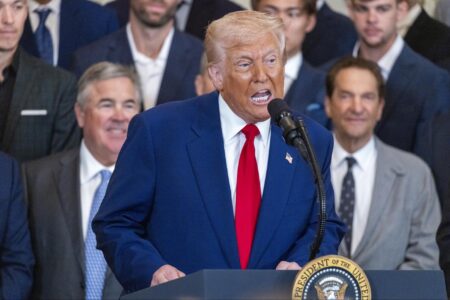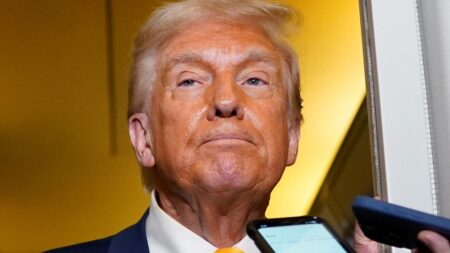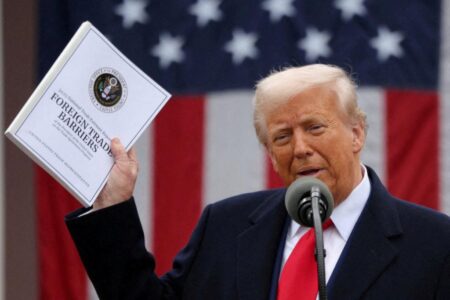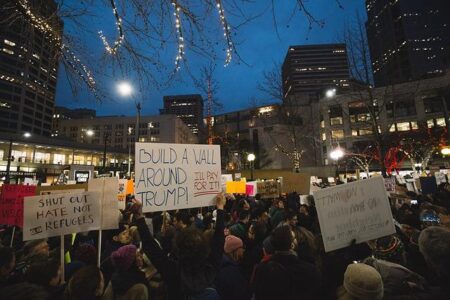Former President Donald Trump has stepped into the spotlight, revealing his active role in the ongoing trade talks with Japan. He confidently asserts that remarkable progress has been made. This crucial dialogue seeks to tackle tariffs and bolster bilateral trade relations, all while navigating the ever-evolving landscape of global dynamics.
Browsing: US-Japan relations
Former President Donald Trump has taken aim at the U.S.-Japan security treaty, labeling it as “one-sided.” This bold statement has sparked curiosity about his true motives. Analysts speculate that he might be looking to shake things up by renegotiating the terms, aiming for a deal that aligns more closely with American interests and creates a fairer distribution of defense responsibilities.
In a significant trade move, President Trump has announced plans to impose a 24% tariff on imports from Japan, with a minimum 10% tariff affecting all countries. This decision aims to address trade imbalances and protect domestic industries, raising concerns among global trade partners.
In a recent announcement, Hegseth outlined plans for significant upgrades to U.S. military command facilities in Japan. This strategic move aims to bolster deterrence against increasing Chinese military activities in the region, enhancing readiness and cooperation with allies.
Japan has issued a warning regarding the potential “significant impact” of impending U.S. tariffs on its economy. Officials express concerns over disrupted trade relations, which could affect sectors ranging from manufacturing to agriculture, emphasizing the need for dialogue.
Former President Donald Trump has expressed dissatisfaction with the U.S.-Japan security pact, labeling it nonreciprocal. His comments highlight concerns over the perceived imbalance in defense responsibilities, stirring debate on international relations in the region.






